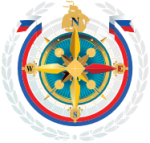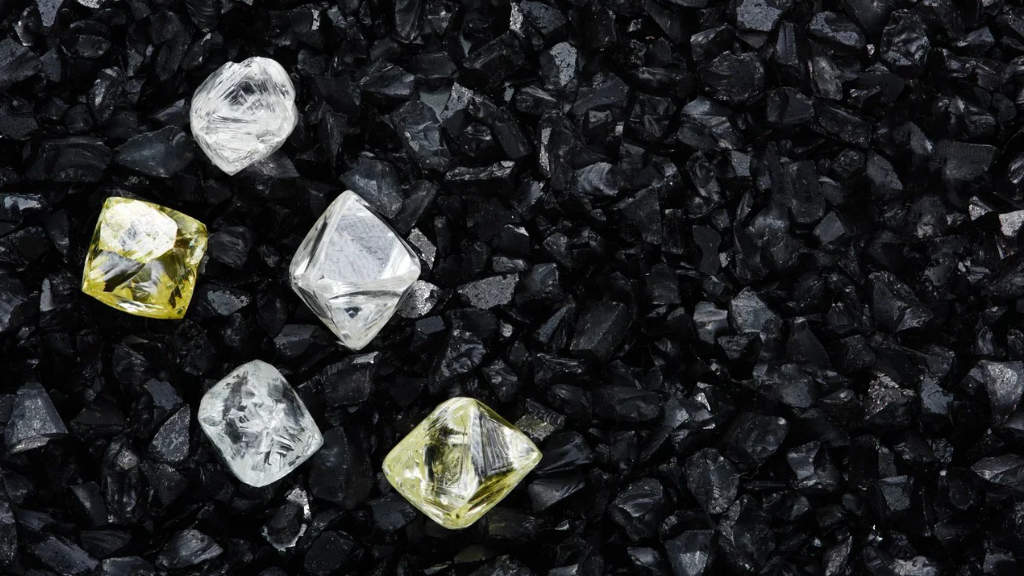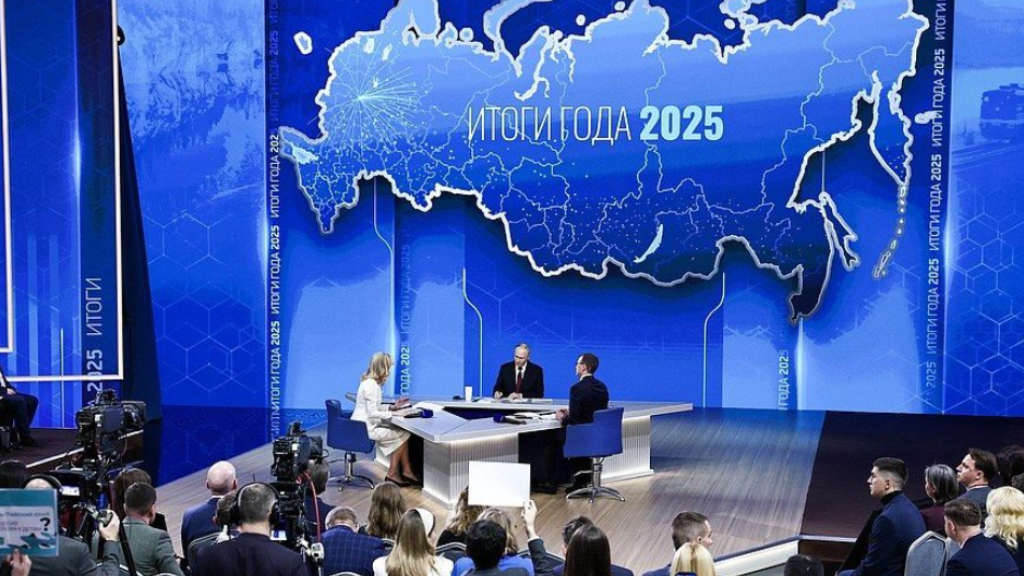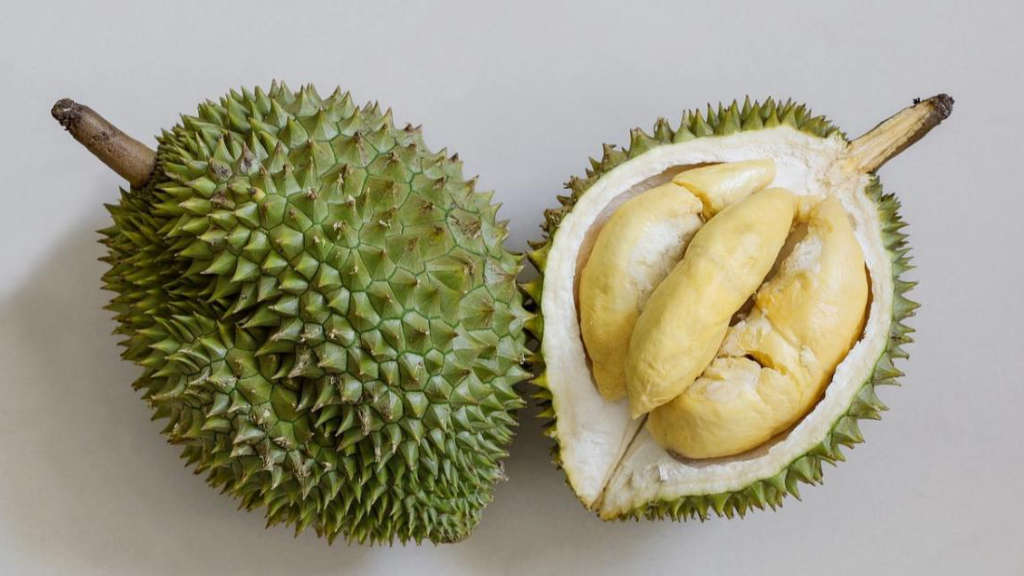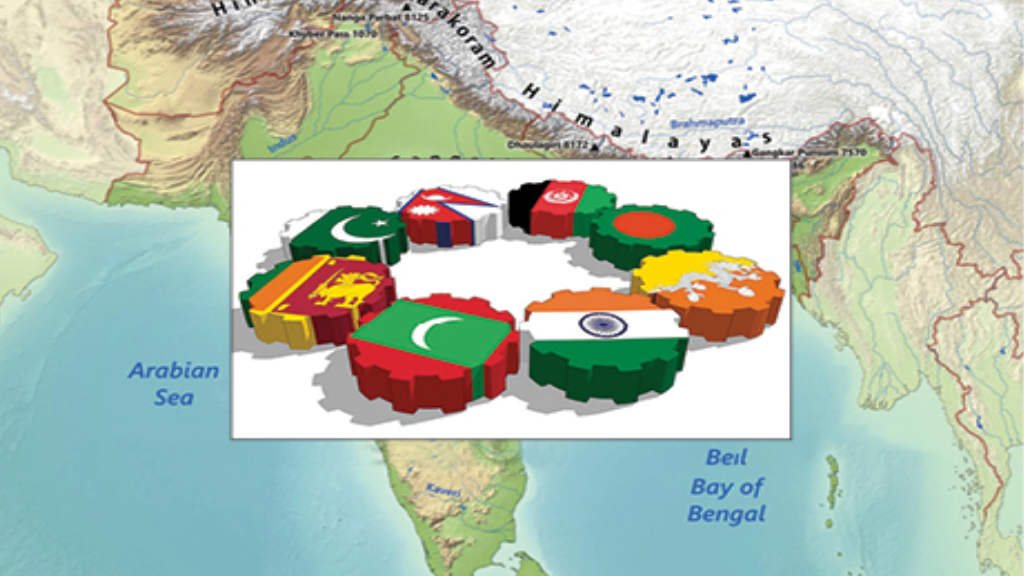ALROSA, which produces about 90% of diamonds in Russia, increased sales of investment-grade diamonds by a multiple of three times in 2024, to more than 1,000 units, the company has said.
The investment category includes diamonds from 2 carats with certain colour and purity characteristics. Their price point starts from ₽2 million (over US$20,000) per gem.
Russia is the world’s largest producer of diamonds, contributing to about 25% of the global supply, and also has the world’s largest and richest diamond reserves.
ALROSA began to develop this market following the EU imposing sanctions on Russian diamonds, which were intended to push Russia out of the global diamond market. As a result of these sanctions, all diamonds traded in the main European diamond bourse in Belgium above 0.5 carats had to be certified as non-Russian. That created significant, expensive, and difficult-to-comply-with regulations, as diamonds are essentially pure carbon crystals with only microscopic, hard to detect differences in terms of determining origin. As a result, Belgium has largely lost its hundreds of years old diamond trading industry with buyers bypassing it for markets in Israel, Dubai, India, Hong Kong and Vladivostok.
Following ALROSA’s moves, against the backdrop of sanctions and reduced opportunities to maintain capital liquidity, private investors in Russia were able to buy investment diamonds without paying VAT and at international market prices. At the same time, the prices for such diamonds are rising, and they are now being used as investment tools.
VTB Private Banking says that the number of transactions for the sale of diamonds in 2024 increased by 60% year-on-year. This year, the bank expects further growth in interest in diamonds as a protective instrument, says Yulia Bezmenova, vice president and head of VTB’s business development.
Alfa Bank notes that wealthy investors around the world tend to invest about 5% of their portfolio in collection properties, or approximately US$300 billion per year. The weight of investment stones in such a portfolio varies across countries, but in general it is about 1%, or US$1.5–2 billion.
According to Dmitry Orekhov, director of the NKR rating agency, the demand for investment grade diamonds has been growing by 5–7% per year. In the coming years, he predicts, sales of investment diamonds will increase by 5–10% per year. In addition to the limited supply that attracts many investors, the stones make it possible to diversify risks during periods of macroeconomic instability and volatility of many assets in the stock and financial markets.
Boris Krasnozhenov, head of the analytical research department at Alfa Bank, says that the current market for investment-quality stones in Russia is about 5% of the global market, and worth about US$100 million. That assessment takes into account cultural traditions (such as engagement rings), which are extremely important in this category of investment. In Russia, the tradition of storing savings in physical assets (such as diamonds and gold) is higher than in other countries. Krasnozhenov also said that another important factor for the market is the presence of a reliable source of stones, which Russia possesses via ALROSA which controls about 30% of global diamond production and has a developed infrastructure for investors.
However, according to Akhmed Aliyev, of BKS World of Investment, this new development is too narrow to cover the EU sanctions crisis in the diamond industry as a whole, On the global market, quotas have been declining, with De Beers Anglo American in its 2024 reporting lowering its diamond production forecast for 2026 to 26–29 million carats against the previous estimate of 32–35 million carats. In 2024, production of De Beers diamonds decreased by 22%, to 24.7 million carats. ALROSA has also cut back on supplies, reducing its production by 4.6%, while at the same time hoping to stimulate domestic demand.
Further Reading
Russia Creating New World Market Diamond Standards With African Producers
